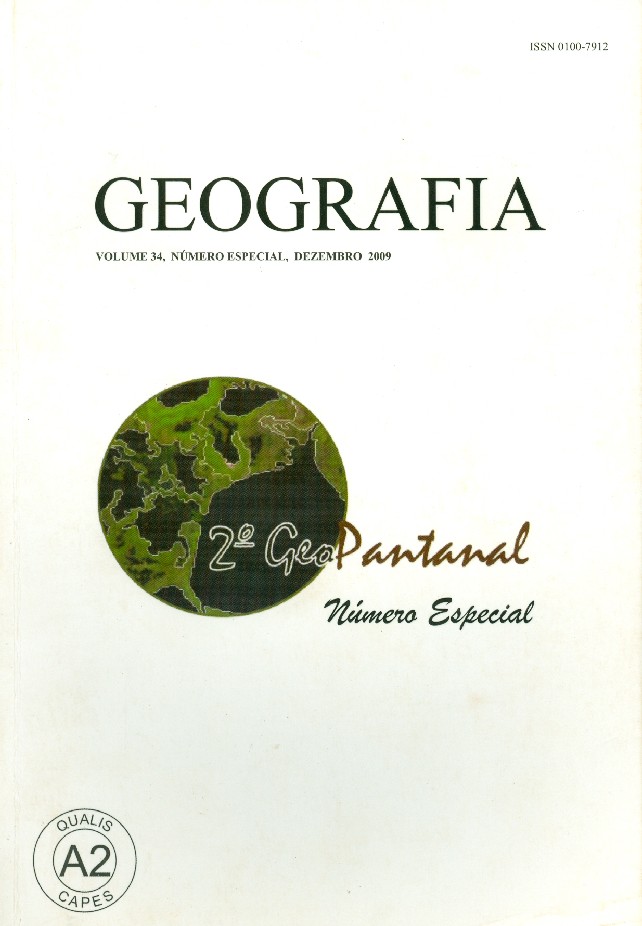IDENTIFICAÇÃO DE PADRÕES DE VEGETAÇÃO CILIAR EM IMAGENS CBERS E RESPECTIVO ESTADO DE CONSERVAÇÃO
Resumen
A importância que a vegetação de margem de rios representa para o meio ambiente exercendo funções tais como proteção de mananciais e do solo e manutenção do equilíbrio ecológico do ecossistema, faz com que seja fundamental a sua conservação. Este trabalho tem por objetivo identificar padrões de vegetação ciliar em imagens CBERS do Mato Grosso do Sul e seu respectivo estado de conservação. Foram utilizadas imagens do sensor CCD do satélite CBERS-2B do ano de 2007 e informações de campo, coletadas em 368 pontos da área de estudo (Mato Grosso do Sul). Nos resultados são mostrados exemplos de padrões de imagem referentes a 14 desses 368 pontos que representam áreas de vegetação ciliar ocupadas por campos úmidos, vegetação arbustiva e vegetação arbórea, além de áreas impactadas por cultivo de arroz, desmatamentos, implantação de pasto exótico, erosão e assoreamento de cursos d’água. De maneira geral, a vegetação ciliar do Estado encontra-se impactada ou ausente na maior parte das áreas observadas. Palavras-chave: Áreas úmidas. Impacto ambiental. Pantanal. Mato Grosso do Sul. Sensoriamento remoto. dentification of riparian vegetation patterns on CBERS images and their state of conservation The importance that the vegetation of river bank poses to the environment acting such as watershed and soil protection and maintaining the ecological balance of the ecosystem, makes it essential to their conservation. This study aims to identify patterns of riparian vegetation in CBERS images of Mato Grosso do Sul and its respective condition. We used images of the CCD sensor of the CBERS-2B of 2007 and field data, collected 368 points in the study area (Mato Grosso do Sul). The results shown examples of image patterns covering 14 of 368 points that represent areas of riparian vegetation occupied by swamps, shrub and tree vegetation, and areas impacted by rice cultivation, deforestation, introduction of exotic pasture, erosion and siltation of waterways. In general, the riparian vegetation of the state is impacted or absent in most of the studied areas. Key words: Humid areas. Environmental impact. Pantanal wetland. Mato Grosso do Sul. Remote sensing. IntroduçãoDescargas
Publicado
Número
Sección
Licencia
Los autores mantienen los derechos de autor y otorgan a GEOGRAFIA el derecho de primera publicación, estando los artículos licenciados simultáneamente bajo la Licencia Creative Commons BY 4.0, que permite compartir y adaptar los artículos para cualquier propósito, siempre que se cumplan los créditos y disposiciones de derechos de imagen, privacidad. o derechos morales. Se puede acceder a otras atribuciones legales en: https://creativecommons.org/licenses/by/4.0/legalcode.en.

Geografia, Rio Claro, SP, Brasil- eISSN 1983-8700 - Licencia Creative Commons BY 4.0,





